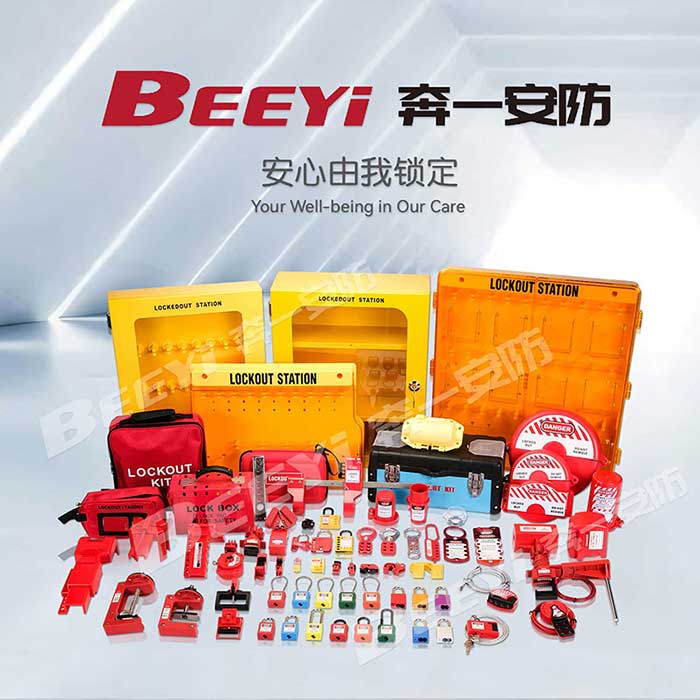In industrial environments where heavy machinery, complex systems, and high-risk operations converge, safety is paramount. One of the critical components of industrial safety is the proper functioning of safety valves. Safety valves are designed to protect systems from overpressure by releasing excess pressure, preventing catastrophic failures. However, to ensure that safety valves function as intended, it is equally important to secure them from unauthorized or accidental operation. This is where the Safety Valve Lock application comes into play.

What is a Safety Valve Lock? A Safety Valve Lock is a physical lock designed to secure safety valves in either a closed or open position, ensuring that they cannot be tampered with, inadvertently operated, or adjusted by unauthorized personnel. These locks are typically used in industries such as oil, gas, petrochemicals, pharmaceuticals, and manufacturing, where safety valves play a crucial role in managing pressure and preventing accidents. The lock functions as part of a broader safety and maintenance protocol known as Lockout/Tagout (LOTO), a procedure aimed at preventing the accidental release of hazardous energy during maintenance activities. Safety Valve Locks provide a straightforward, reliable way to ensure that valves are secure and cannot be altered until maintenance or inspections are completed by authorized personnel.